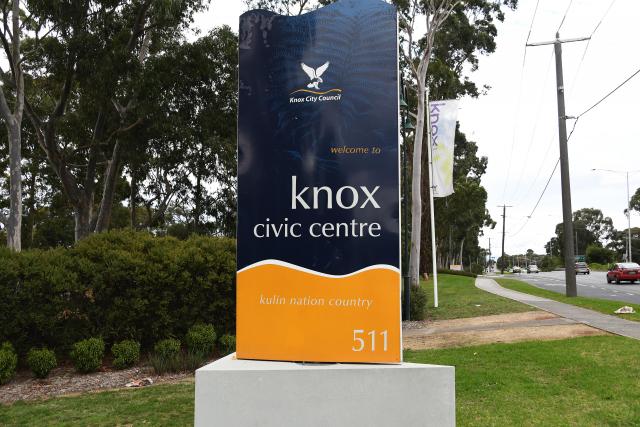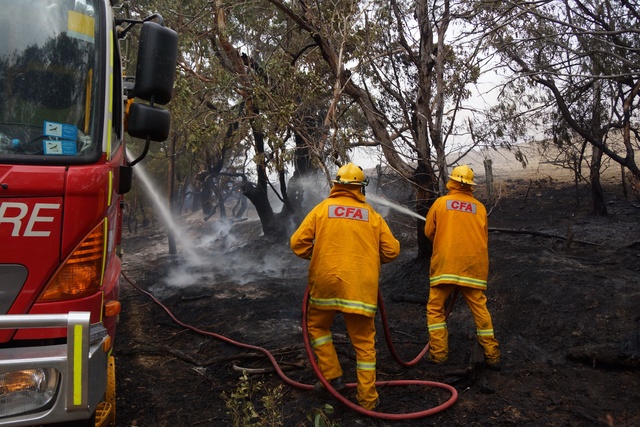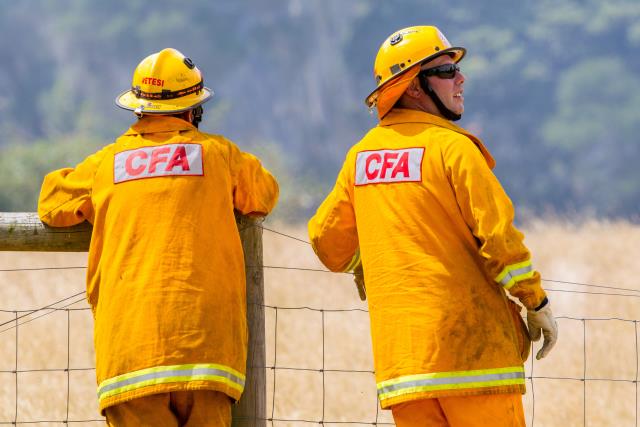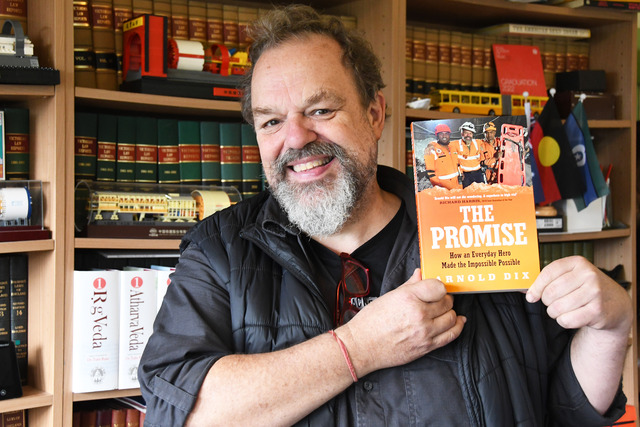Outer East Melbourne is taking a hit in the job market, leaving locals commuting to other districts for their professional careers.
Locals from across the Knox municipality are packing their bags in the early hours of the morning, with some making the hike into the city, and other parts of the state, to be there in time for office hours.
Some locals, in particular tradies, are travelling two to three hours to get to job sites.
Depending on traffic, the commute in Melbourne City can take up to an hour from the Knox municipality, or sometimes longer from Cardinia Shire, and sometimes up to two hours home.
City of Knox Mayor Marcia Timmers-Leitch said Knox has a changing economy.
“Our jobs market has had a traditional manufacturing and industrial base but those jobs are in decline while professional jobs are on the rise.
She said the overall change in the working economy post-Covid has had a big impact on job availability overall.
“We had the biggest decline in labour participation during COVID in the whole of Melbourne.
“That has recovered a little but there is still a fundamental change occurring in our labour market,” she said.
According to Cr Timmers-Leitch, Knox locals need access to skills training and education to make the most of new and emerging opportunities in industries such as defence.
“One of the things that is holding us back is a lack of public transport and poor road infrastructure to access jobs.
“We will continue to push for a better deal for the people of Knox to address some of those underlying factors that restrict access to retraining and job opportunities,” she said.
According to research done by Dr Marcus Spiller from SGS Economics and Planning, several regions in Melbourne’s south east, alongside the west and north east, have a greater share of overqualified workers, based on data in the 2016 census.
Additionally, Dr Spiller found that access to local jobs have been on the decline since 1996 when Melbourne’s south-east fringe was at Lyndhurst.
The fringe moved to Officer in 2001, but now stretches out towards Pakenham.
His research shows that residents in Pakenham East have access to 133,233 jobs within a half-hour morning commute, which is a third of previous generations.
Not adding much hope for locals, particularly in Knox, Cardinia and the Yarra Ranges, projected growth to 2026 shows an additional 25,000 – 50,000 in the hills and Cardinia municipalities to compete for jobs in the area.
Dr Spiller said these figures have an impact on the overall cost of living, general access to jobs, health, recreation and retail, and also impacts house prices across Victoria.
“Those in an area with low access to jobs and declining access to jobs in relative terms, will experience that their house prices won’t keep pace with other areas with better access to jobs, and can have further implications on social mobility,” he said.
Knox City Council, alongside neighbouring Cardinia Shire Council, both hope to improve opportunities for residents.
The council, alongside Maroondah and Yarra Ranges Councils, have partnered to ensure the Bayswater Business Precinct continues its growth as an economic powerhouse for the hills area.
Cr Timmers-Leitch said they have a coordinated strategy to boost jobs and investment in the region.
“This is the second largest employment precinct in the Eastern Metro Region, home to over 5,000 businesses employing over 30,000 people in manufacturing, construction, retail and wholesale trade.
“About 70 per cent of workers in the precinct live in Knox, Maroondah and Yarra Ranges.
“By 2042 over 40,000 jobs will be needed to keep up with population growth and provide enough jobs for residents,” she said.
The three councils will develop a plan to review land use planning, transport and connectivity to identify opportunities to improve freight access, cycling and walking paths.







